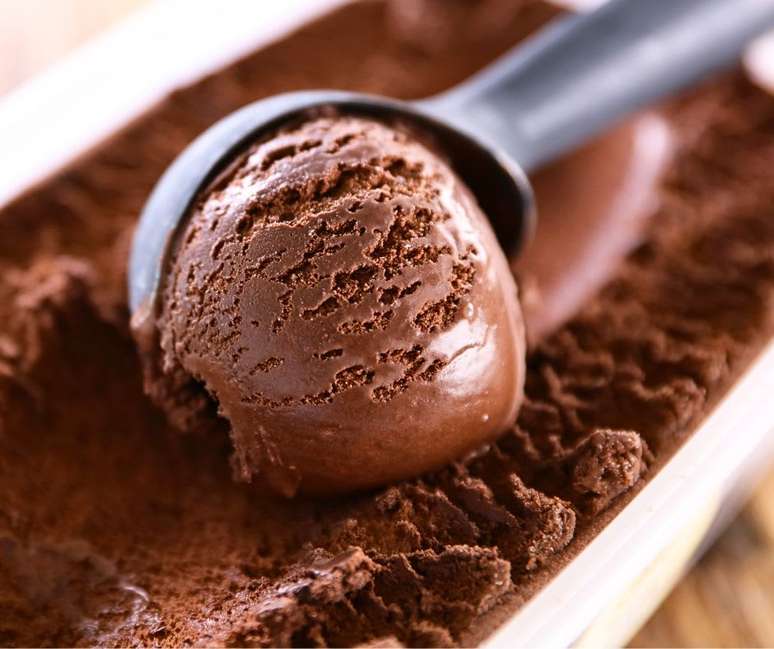The doctor explains that periods of low temperatures require special care of the circulatory system
The circulatory system is essential to the functioning of the human body, being responsible for transporting blood, oxygen and vital nutrients throughout the body. During the winter, it is essential to step up your care to ensure that adequate blood flow is maintained. Staying warm, eating a balanced diet and exercising regularly are essential to protecting vascular health during cold weather.
According to the angiologist and vascular surgeon Dr. Dafne Braga Diamante Leiderman, deputy director of publications of the Brazilian Society of Angiology and Vascular Surgery – Sao Paulo Region (SBACV-SP), the cold tends to aggravate arterial problems, increasing the risk of obstructions circulation of the legs.
Symptoms of reduced blood flow
Cold weather can cause spasms in the arteries of the legs, narrowing the vessels that carry blood to the feet. For people who already have compromised circulation, this additional narrowing further reduces blood flow and can accentuate symptoms.
The most alarming signs include painful, pale or purplish feet, extreme cold, decreased sensation and difficulty moving. The presence of these manifestations in patients with circulatory obstruction in the legs requires immediate medical evaluation, as they indicate significant circulatory decompensation.
With the fall of temperature, the risk of partial blockage, previously compensated by alternative circulations, increases due to the contraction of the collateral vessels, resulting in less blood flow to the feet. This increases the likelihood that wounds and ulcers will not heal, increasing the chances of amputations.
Increase in cardiovascular disease in winter
In winter there is also a significant increase in cardiovascular diseases and, according to Dr. Dafne Braga Diamante Leiderman, from 14°C onwards, for every decrease of 10°C, the risk of myocardial infarction (AMI) increases by approximately 7%. . , with a consequent increase of up to 30% in deaths related to this cause.
In addition to AMI, cases of hit CVAs are also on the rise, with cases increasing by up to 20% in winter. Another problem that is exacerbated during this season is aortic dissection, which can increase in number by up to 5%. Dissection occurs when the inner layer of the main artery of the body tears or detaches.

Taking care of vascular health in winter
Below, Dr. Dafne Braga Diamante Leiderman explains how to take care of your vascular health in winter:
1. Practice physical exercise
Walking for at least 30 minutes, four times a week, helps stimulate blood vessel dilation and perfusion of the feet. Staying active is essential.
2. Adopt a balanced diet
Avoid excessive consumption of carbohydrates and alcoholic beverages, which can cause swelling and discomfort in the legs. Moderate your intake Food to avoid decompensation conditions such as hypertension and diabetes.
3. Use medications correctly
Maintain the use of medications prescribed for vascular pathologies, strictly following medical instructions.
4. Avoid smoking
Quitting smoking immediately is essential as the to smoke significantly worsens circulatory problems.
Caring for people with comorbidities
Individuals with comorbidities, such as diabetes, hypertension, and cardiovascular disease, should take special care during the winter. These conditions already compromise circulation, and low temperatures further aggravate the symptoms.
If you notice any changes in the file symptoms, seeking help immediately if it worsens is essential to avoid serious complications. By following these guidelines you can prevent vascular problems and ensure that winter does not compromise your health.
By Elenice Costola
Source: Terra
Ben Stock is a lifestyle journalist and author at Gossipify. He writes about topics such as health, wellness, travel, food and home decor. He provides practical advice and inspiration to improve well-being, keeps readers up to date with latest lifestyle news and trends, known for his engaging writing style, in-depth analysis and unique perspectives.









